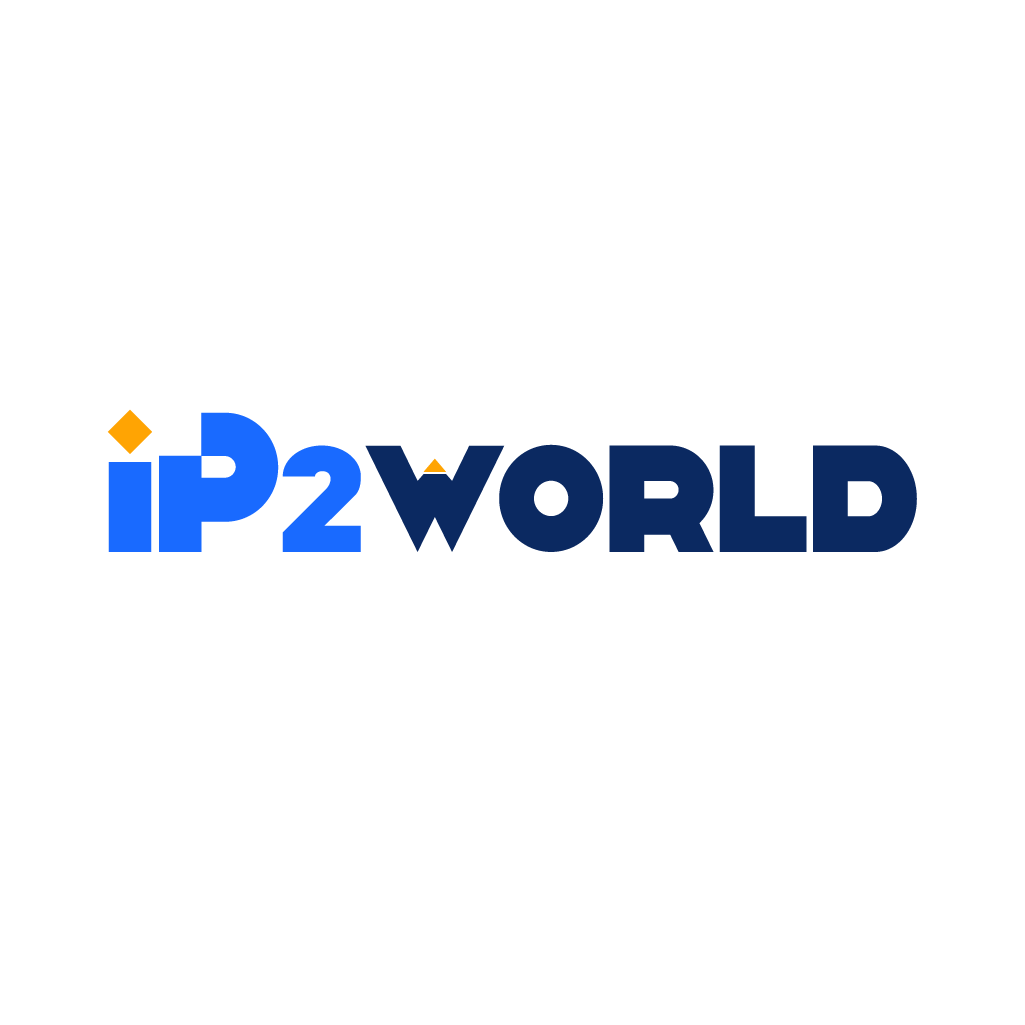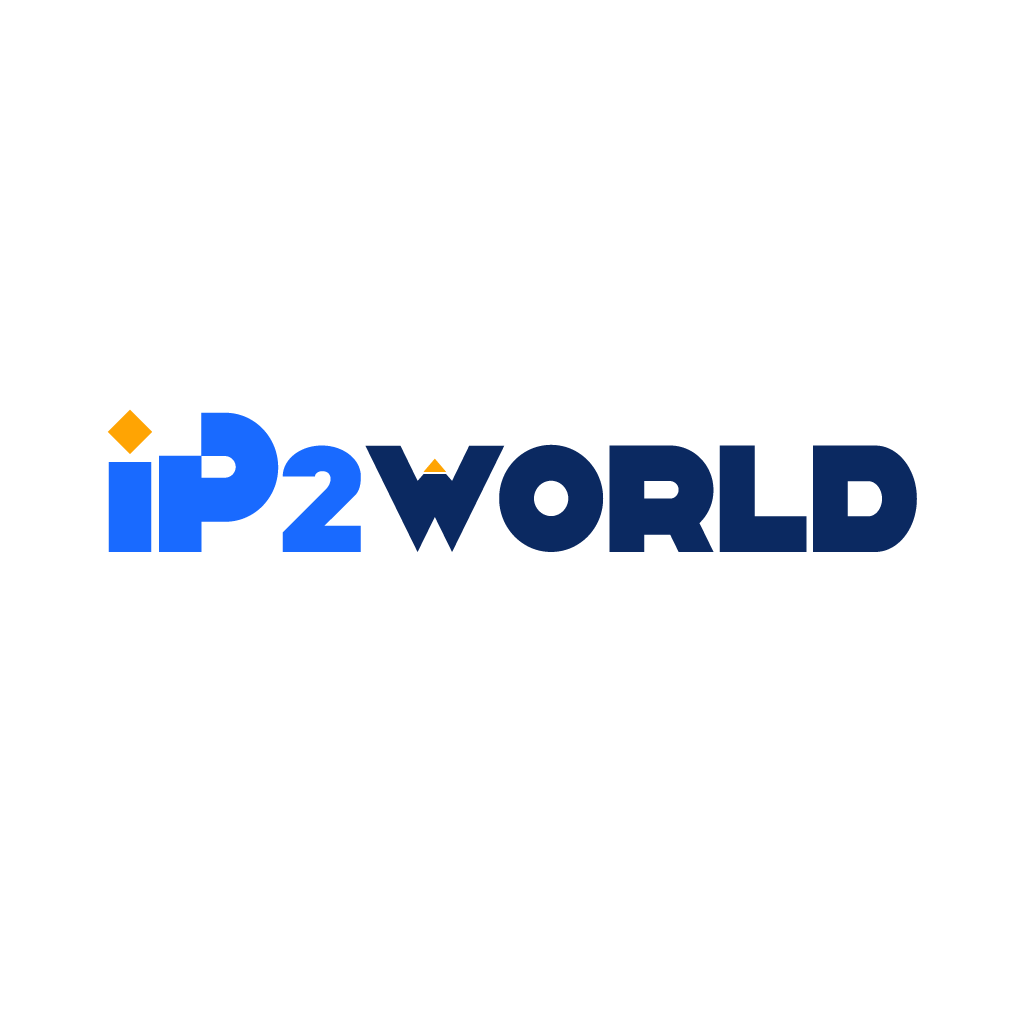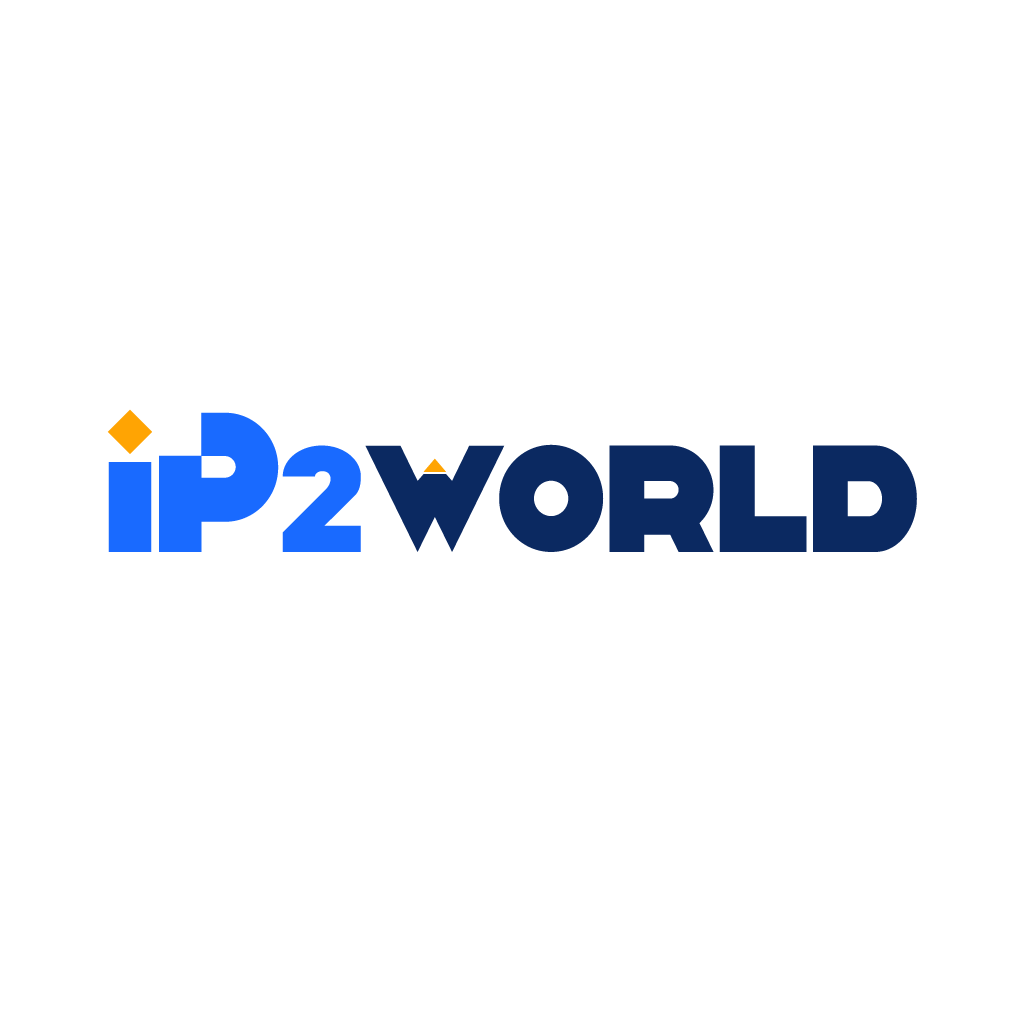In the era of digital revolution, every action leaves a digital footprint - be it a website visit, an online purchase, or even a simple status update on social media. Consequently, businesses and organizations across various sectors are dealing with an unprecedented volume of data. The challenge, however, lies in harnessing this raw data and transforming it into actionable insights. This is where the concept of 'data aggregation' comes into play.What is Data Aggregation?Data aggregation is a process in which information is gathered and presented in a summarized format. This technique is crucial for handling extensive datasets, helping organizations to analyze complex data and extract valuable insights that inform strategic decision-making. Data aggregation can be performed on different types of data, such as numerical, categorical, or binary data.The aggregation process involves several steps: data extraction from various sources, processing using specific statistical methods, and presenting the aggregated data in an easy-to-understand format. For instance, 'sum,' 'average,' 'max,' 'min,' and 'count' are common aggregation functions that help users understand the nature of the data and make meaningful inferences.Manual vs. Automated Data Aggregation: The Quest for EfficiencyTraditionally, data aggregation was performed manually, which often proved to be a time-consuming and error-prone process. As businesses grow and data proliferates, manual aggregation becomes unsustainable due to scalability issues, slower time-to-market, and the potential for human error.Automated data aggregation, on the other hand, increases efficiency by eliminating these issues. With advancements in artificial intelligence and machine learning, automated aggregation tools are able to handle larger datasets, process data faster, and provide more precise results. Additionally, automation reduces the risk of omission of vital data sources or patterns, a common issue in manual processes.Choosing the Right Data Aggregation ToolSelecting the right data aggregation tool can be a complex process, largely depending on an organization's specific needs. Factors such as industry type, data volume, technical capabilities, and the level of required automation play a crucial role in the selection process.It's important to thoroughly evaluate an organization's requirements and seek advice from data professionals before investing in a tool. This careful planning can help ensure the selected product aligns with the organization's goals and maximizes the benefits of data aggregation.Applications of Aggregated DataAggregated data plays a crucial role across industries. In the retail sector, for instance, it helps in competitive analysis and targeted marketing. For the travel industry, it provides insights into changing travel preferences and market trends. Similarly, healthcare organizations use aggregated data for disease monitoring, predicting health trends, and enhancing patient care.Moreover, in marketing, data aggregation provides insights into the effectiveness of marketing campaigns across different segments and audiences. By analyzing aggregated data, businesses can make well-informed decisions, improve operations, and drive innovation.Navigating the Challenges of Data AggregationWhile data aggregation offers significant benefits, it also brings a set of challenges. One primary concern is data privacy. As aggregation often involves personal information, it's essential to ensure the consent of individuals and comply with data privacy laws.Another concern is data quality. Ensuring the accuracy, completeness, and consistency of data can be difficult, especially when dealing with large, diverse data sources. Businesses must implement stringent data quality checks to prevent incorrect or misleading insights.The Interplay Between Data Aggregation and IP ProxiesIn the grand scheme of data aggregation, IP proxies IP2World play a critical role in facilitating efficient and comprehensive data gathering from the web. Data aggregation involves the collection, processing, and presentation of data from various sources, providing valuable insights and information to drive informed decision-making. IP proxies aid in this process by enabling large-scale, anonymous data collection from diverse web sources. They allow data aggregation tools to bypass website restrictions, access location-specific data, and prevent IP blocking or banning due to high-volume requests, which are common when aggregating data. With the ability to rotate or switch between a pool of IP addresses, proxies ensure continuous, uninterrupted data gathering, thereby enhancing the effectiveness of data aggregation. Thus, IP proxies serve as vital tools in the data aggregation pipeline, enhancing the efficiency, scope, and success of data collection endeavors.The Future of Data AggregationAs we move further into the information age, the role of data aggregation will only continue to grow. Future aggregation tools, powered by advanced AI and machine learning algorithms, will handle larger and more complex datasets, providing even more precise and actionable insights.In conclusion, data aggregation is a powerful tool in the era of big data. By harnessing this technique, organizations can unlock the full potential of their data, drive strategic decision-making, and gain a competitive edge in their respective markets.
2023-08-04



